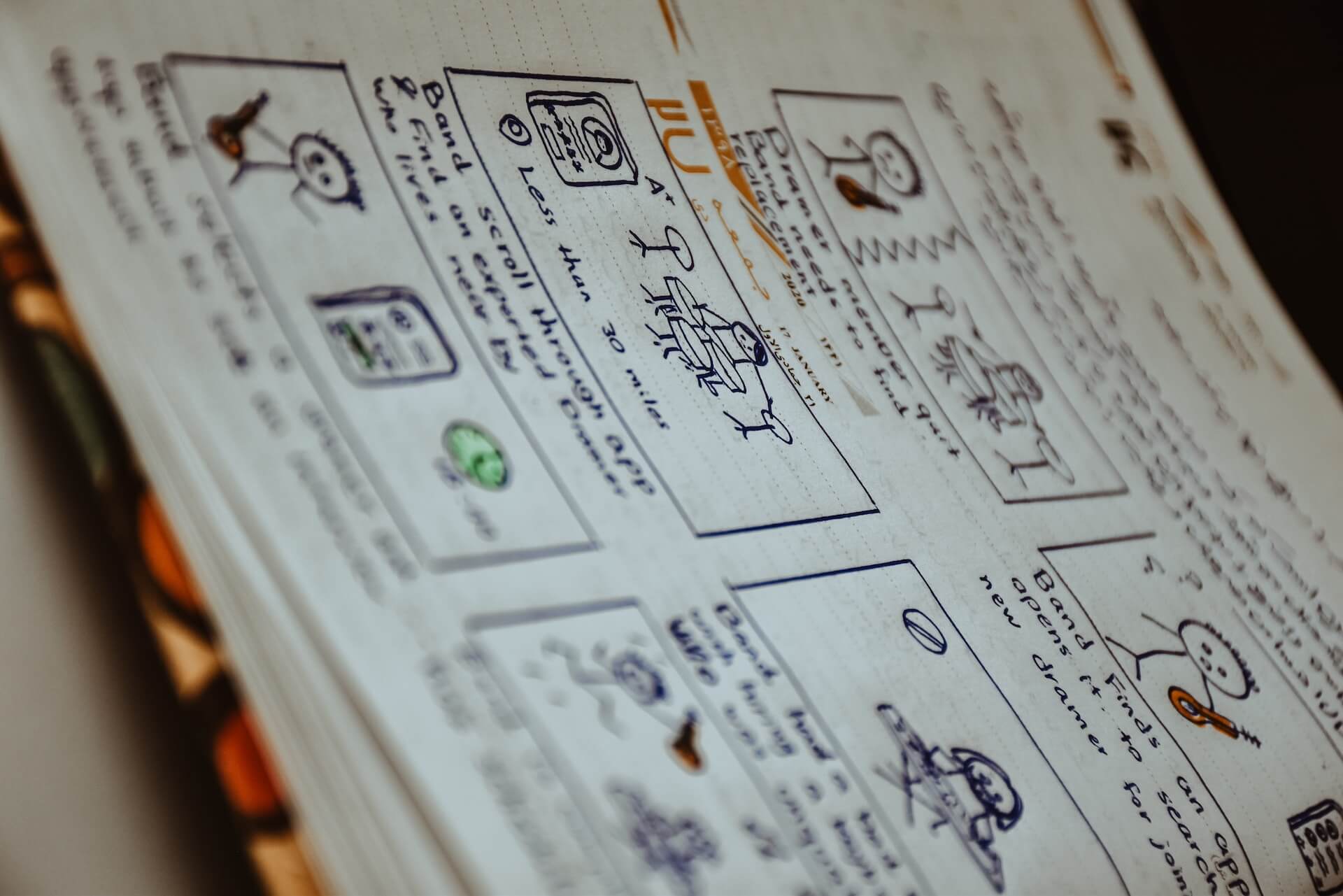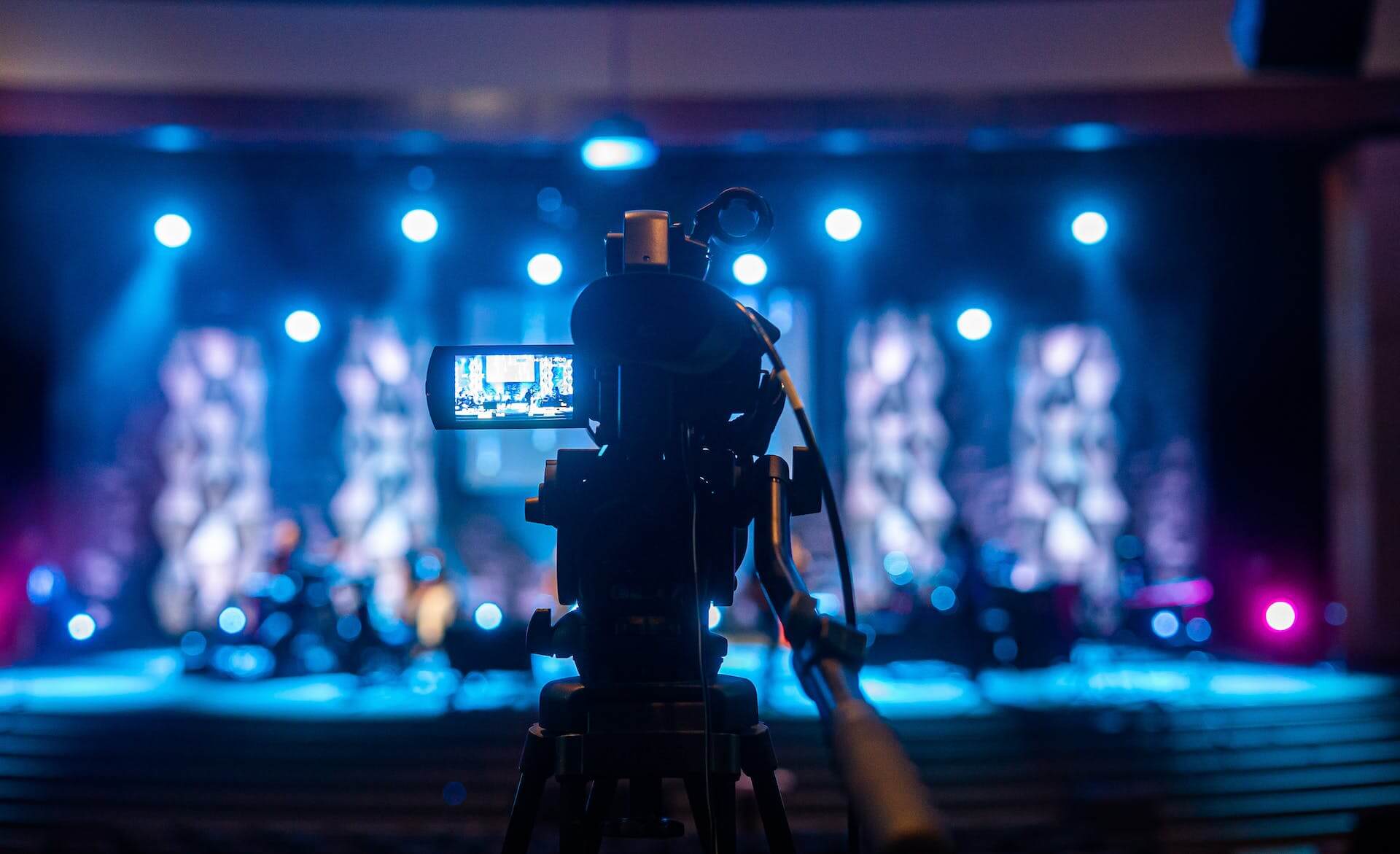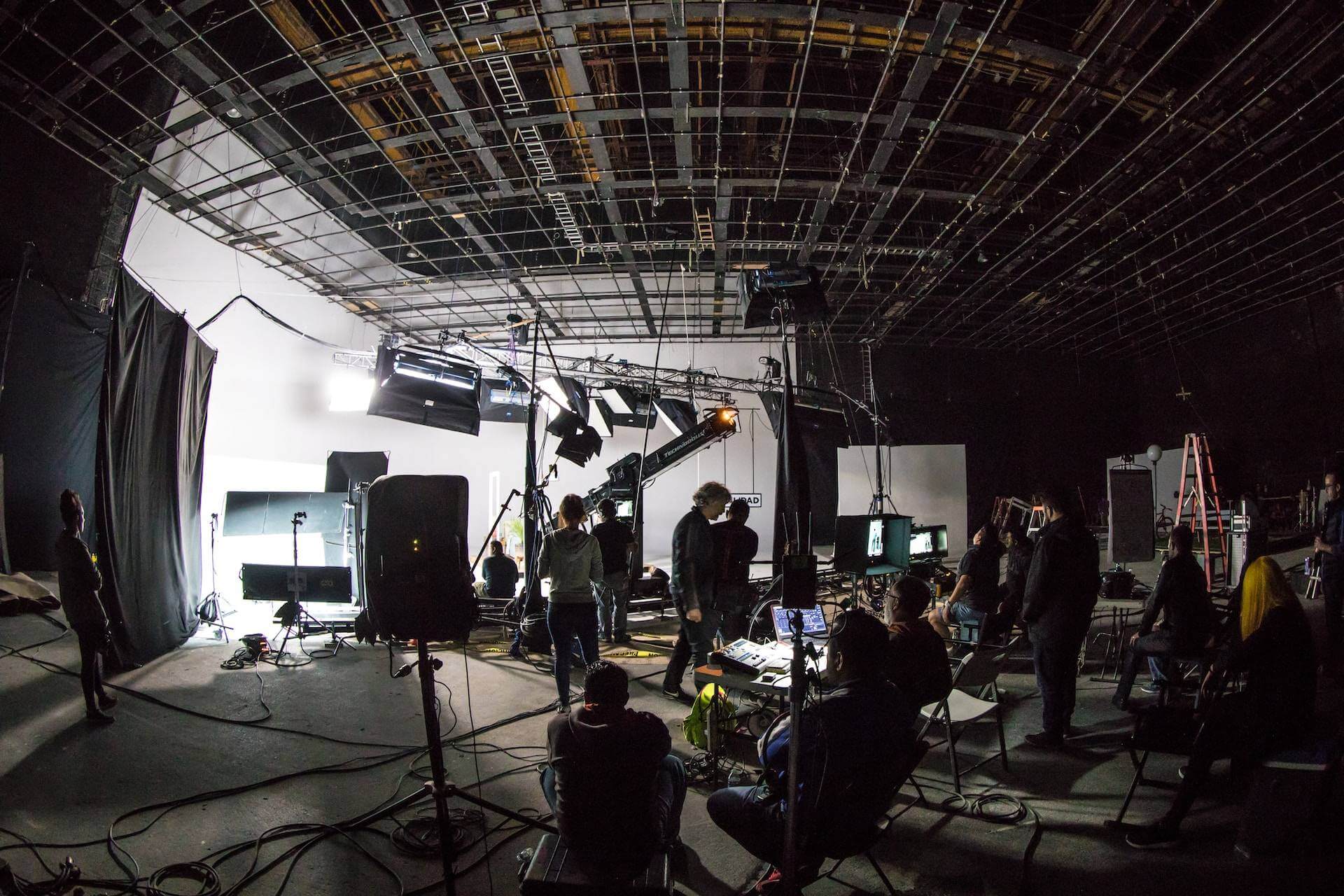Consider Special Effects as the parent of the considerable number of effects; that is sound and visual effects, where Visual Effects just applies to effects that can be seen. It’s imperative to clear up which affects you are discussing since special effects can likewise mean sound recording or sound editing methods. Basically, visual effects (VFX) is a sweeping term referring to any strategy that makes it conceivable to make a scene or impact that couldn’t generally be created with standard photographic strategies.
Stunning, how did they figure out how to do this? what number occasions have you happened to make this inquiry while sitting in a cinema? Here, in the event that you have encountered this sentiment of miracle before a movie, you need to express profound gratitude to the industry of special effects and visual effects. Today they are one of the principle reasons why the production of a feature film is so long and costly, yet as of now since the introduction of the big screen the movies have never existed without the effects: unexpectedly, one can appropriately affirm that theirs are an indistinguishable association. However, with respect to the best way to deal with the addition of effects to a film, the discussion still stays open, and even among the film producers and media outlet insiders it is conceivable to accumulate altogether different conclusions. Between visual effects and special effects, which ones produce the best and most significant outcomes on general society? We attempt to comprehend it together, beginning normally from the distinction between these two procedures.
WHY ARE SPECIAL EFFECTS AND VISUAL EFFECTS DIFFERENT?
The special effects (regularly abbreviated as SFX) are altogether realized “on set”, that is they occur in actuality, in a physical and substantial way, to make a condition that would not happen naturally or spontaneously. When you toss a match into a container of fuel and record the subsequent blast, or when you manufacture a phony arm and connect it to the on-screen character and afterward have the capacity to disengage it with the comparing burst of blood, it is delivering a special effect. The equivalent goes for false gunfire wounds, clear shots, stage knives, etc. Visual effects (or VFX), then again, are included at a later time, thanks to the power of a computer.
When you make a digital model of a spaceship and fly it against the background of a scene painted with matte painting, or because of chromakey you make the illusion that the actor is crashing from a plane, those are visual effects. As of late, thanks to the introduction and spread of incredible animation and compositing programming and furthermore generally moderate costs, the VFXs are more straightforward and less expensive than SFX: this is the motivation behind why an ever-increasing number of blasts, sprinkles of blood or the glare of the shots are today made through visual effects. At the end of the day, the special effects are connected on the set during production, while the visual effects occur in post-production. This does not imply that the visual effects supervisor isn’t engaged with the production (or the other way around the special effects boss in the post-production), but instead that the inventive choices taken by the separate groups for the most part have a place with their particular periods of filmmaking, clearly in joint effort and dependent on the director’s directions.
VFX ARE DIGITAL, MADE ON A COMPUTER IN POST-PRODUCTION
Numerous individuals imagine that Special effects (SFX) and visual effects (VFX) are a similar thing yet when you investigate it you can see that it is not. Often blasts in films are computer altered however on the off chance that the film is costly and has a high spending plan, the movie producers may utilize genuine blasts on the off chance that it is conceivable, that was the situation in Batman: The Dark Knight, where a hospital was blown to pieces. SFX cost altogether more than VFX however the programs for VFX can be over the top expensive. It isn’t constantly conceivable to explode structures since they are in urban locations.
VFX by and large comes into the picture during the post-production of a film/TV, and so on. Initially the scenes are shot before a green screen and required effects/details are included with the assistance of top of the line computer systems. Nowadays, a lot of films make use of VFX for adding different details to conclusive scenes. Indeed, films like The Jungle Book and Planet of the Apes have been totally shot in the studio before green screens with less set design, and the last product/movies have been made using striking innovation.
SFX IS WHEN THINGS ARE RECORDED ON SCENE
They are practical (props, make-up, animatronics, pyrotechnical, and so on.), made on set during production. In a few film or disaster films like they are called popular structures are exploded and obviously that must be computer altered. A genuine case of this is in the movie clover field were the statue of liberty in New York is decimated. Special effects don’t generally work alone, in some cases SFX are used to make something sensible under and after that VFX are used accentuate things that SFX can’t do, that is a model were VFX and SFX are used together. SFX essentially includes practical effects that are made and executed straightforwardly on the set. Special effects involve prosthetic makeup, animatronics, puppetry, creature suits, etc.
CONCLUSION
Visual effects have prevailed with regards to transporting groups of audiences into universes that would never have been accomplished with Special effects alone: flying through the stars at the speed of light, jumping into the depths of a sea, or encountering the epic fights in Middle Earth. Without the use of computers, present day movies would lose in style as well as in entertainment. So, which of the two strategies is the best? Not one or the other, or rather, both. Rather than differentiating them, the present directors need to join them, to benefit as much as possible from the two worlds.




